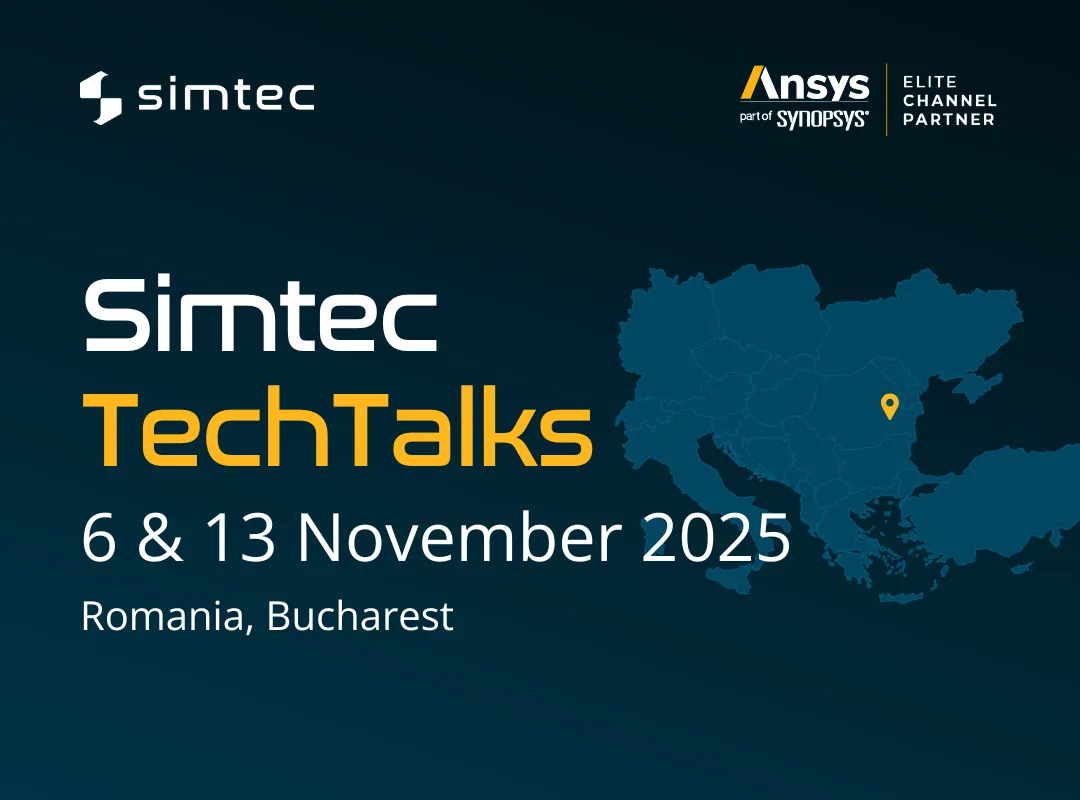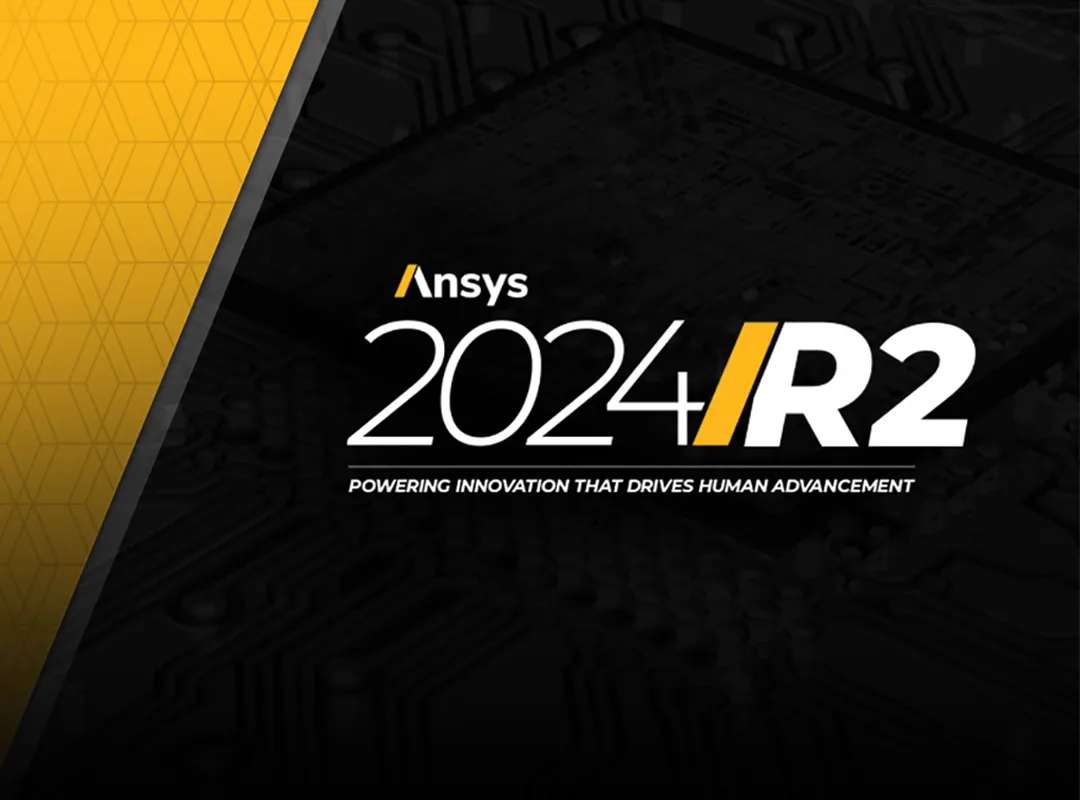The 2025 R2 update introduces improved physics-driven solvers, more efficient workflows, and advanced AI-driven capabilities, all aimed at speeding up simulations and making implementation easier.
Leveraging Ansys digital accelerators, engineering teams can expand their simulation capacity, unlock new design innovations, and make smarter product decisions earlier in the development process.

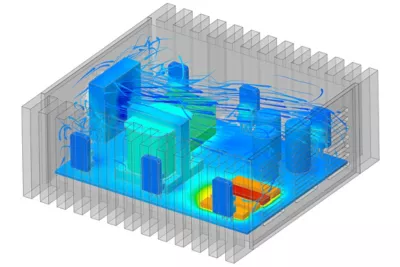
3D Design
Ansys Discovery 2025 R2 introduces powerful enhancements in simulation, meshing, and AI-driven guidance to accelerate early-stage validation.
Key additions include Random Vibration for analyzing dynamic loads statistically, improved meshing with body of influence and sharp edge capture for fluid flows, and more intelligent defaults for structural analysis.
This release also launches Ansys Engineering Copilot, offering in-product AI support to help users troubleshoot and learn faster.
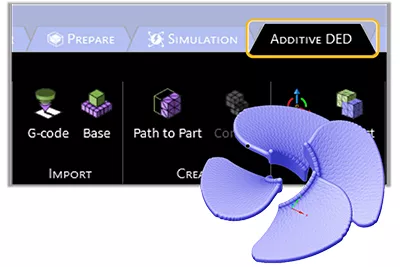
Additive
The 2025 R2 update for Ansys Additive focuses on simplifying workflows and increasing accuracy in additive manufacturing.
With improved simulation capabilities and greater interoperability, teams can minimize trial-and-error and speed up production timelines.
From simulating thermal behavior and calibrating strain to managing process settings, this release enhances efficiency, control, and confidence in every print.
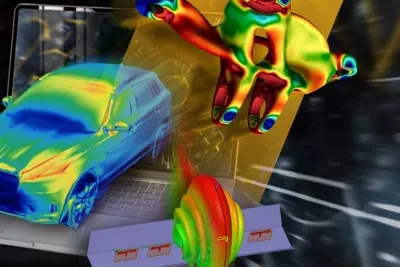
AI
Ansys SimAI 2025 R2 delivers major usability upgrades, making model creation and data handling more seamless.
New features include surface post-processing with "predict as learned", the return of the Surface Evolution tool, and more detailed Model Evaluation Reports.
Enhanced dataset management, live updates, centralized error tracking, and a refined user interface all contribute to a smoother and more transparent workflow.

Autonomous Vehicle Simulation
AVxcelerate Sensors 2025 R2 improves ADAS and autonomous driving systems with higher-precision camera and radar models and faster, low-latency data exchange.
The update includes flexible testing conditions, scenario-based workflows, and robust analysis tools. Support for ASAM OpenSCENARIO 1.3 ensures broader compatibility across platforms, enabling more efficient and accurate development in real-world traffic situations.
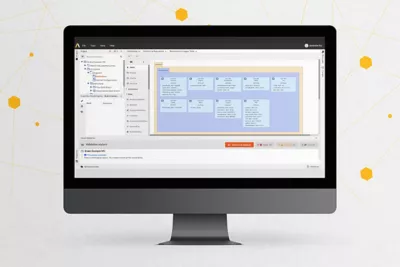
Connect
This release advances Model-Based Systems Engineering with the introduction of the System Architecture Modeler Enterprise, unifying workflows across software prototyping, safety, and cybersecurity. Enhanced integration in the Ansys Granta portfolio enables smarter material assignment, while Ansys Minerva gets a modernized interface for simulation data management. optiSLang now connects directly to SimAI, helping non-experts build and optimize AI models with ease.

Digital Missions Engineering
Digital Mission Engineering 2025 R2 offers deeper control and integration for mission-critical systems.
Updates to Ansys STK and ODTK streamline satellite modeling and operational planning, while STK Aviator adds flight control-based trajectory simulation for autonomous aircraft.
Enhancements to PySTK improve access to analytics tools, promoting team collaboration and faster iteration within a unified modeling environment.
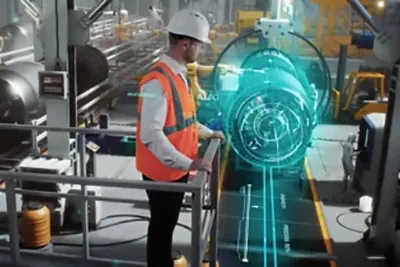
Digital Twin
This release pushes digital twin technology forward with new tools for prediction, optimization, and decision-making.
Highlights include hybrid analytics with Gaussian process fusion, a new web-based deployment interface, and expanded reduced-order model (ROM) tools.
Updates to solver and library performance enable faster, more accurate digital twin development across industries.
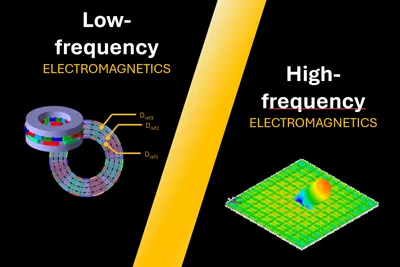
Electronics
Ansys 2025 R2 enhances electric machine design with axial flux optimization and stress modeling under pre-load conditions.
Streamlined import workflows, GPU-powered thermal analysis, and better antenna array post-processing boost performance.
The update also brings enhanced EMI/EMC simulations for PCBs and refined radar system modeling, helping engineers solve complex electromagnetic and thermal challenges with precision.

Embedded Software
New capabilities in Ansys SCADE and Scade One support faster development and easier certification for embedded systems.
Updates include improved ARINC 661 support, detailed error tracking, debug traces, and tighter integration between SCADE Display and Scade One.
Compliance enhancements span DO-178C, ISO 26262, IEC 61508, and EN 50128. Scade One now integrates with Ansys Engineering Copilot and offers support for Python wrappers, advanced CI/CD pipelines, and performance boosts for safety-critical code.

Fluids
Ansys Fluids 2025 R2 delivers performance-focused upgrades including a robust Fluent GPU Solver with broader application support. Users can now access Ansys Engineering Copilot directly in Fluent, while GPU solvers are available in the web interface.
vThe release also includes the full launch of Ansys FreeFlow, a meshless SPH solver, alongside improvements in Thermal Desktop, Rocky, and CFX, with more intuitive integrations and enhanced physics capabilities.
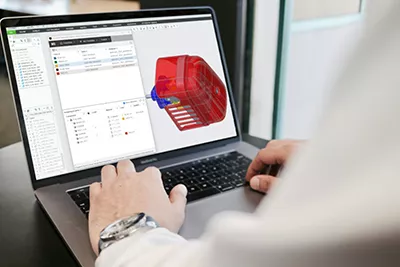
Materials
Granta 2025 R2 strengthens material intelligence across the simulation lifecycle.
New features support more reliable material assignments from CAD to CAE, advanced selection tools, and sustainability-focused data.
The release includes new datasets for adhesives, tapes, commercially available composites, and metal forming processes, enabling more informed, data-driven decisions throughout the product design process.
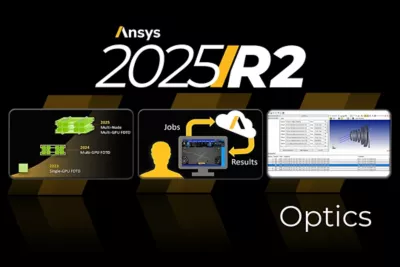
Optics
Ansys Optics 2025 R2 introduces innovations that accelerate the design of optical and photonic systems.
New tools include a visual sequence builder in Zemax OpticStudio for managing ray paths, faster simulations for metalenses, and glTF support for easier Speos imports.
Lumerical now benefits from GPU acceleration, empowering faster development in imaging, AR/VR, sensing, and communication applications.
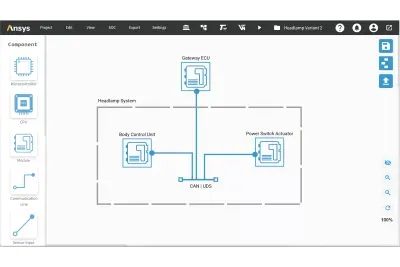
Safety Analysis
The debut of Ansys Medini Cybersecurity SE marks a new standard in model-based security analysis.
This fully web-based tool helps users establish system context, identify risks, build attack trees, and define mitigation strategies.
It bridges functional and architectural models with cybersecurity workflows to improve safety and compliance from the earliest design stages.
Semiconductors
The 2025 R2 update enhances semiconductor design with intelligent automation and ecosystem integration. RedHawk-SC now features an AI-powered copilot to optimize workflows.
PowerX supports complex power device simulations, including PMICs for inverters and EVs.
PathFinder-SC is fully certified by TSMC for multi-die ESD analysis, and a new multiphysics flow co-developed with TSMC improves accuracy and ease-of-use within the COUPE architecture.
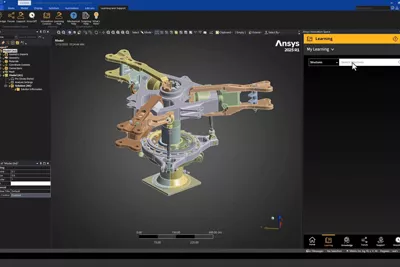
Structures
Ansys 2025 R2 delivers major upgrades across the structures portfolio. Mechanical gains AI-powered support with Engineering Copilot, refined meshing workflows, and improved structural optimization. LS-DYNA expands its materials library and adds battery simulation.
Forming receives advanced analysis tools and updated material data. Sherlock improves solder fatigue analysis and thermal mapping, while the Sound module introduces psychoacoustics capabilities.
Motion sees significant enhancements to drivetrain modeling and simulation fidelity.
Read more stories
